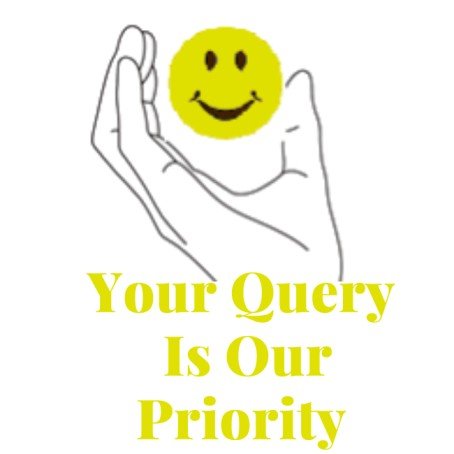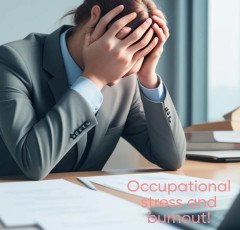
Occupational Stress And Burnout

Occupational stress is the term used to describe the unfavorable mental and physical reactions that might happen when someone believes that the demands of their
job are greater than their capacity to handle them. Numerous symptoms, such as anxiety, depression, irritability, and physical health issues, might result from this.
On the other side, burnout is a condition of physical, mental, and emotional weariness brought on by extended exposure to persistent work stress.
It is characterized by a diminished sense of accomplishment, cynicism, and emotions of detachment. Effective job performance can be impacted by burnout, which can also have a detrimental impact on a person's relationships and personal life.
Heavy workloads, a lack of control over one's professional responsibilities, a lack of support from coworkers or bosses, and emotionally taxing employment or work that frequently involves interpersonal conflict are some prominent causes of occupational stress and burnout. Burnout and occupational stress can be avoided and reduced by addressing these variables with good management and support.
Burnout and workplace stress can have detrimental effects on people, businesses, and society as a whole.
Burnout can have negative effects on a person's physical and emotional health as well as their productivity, absenteeism, and turnover rates. Employers may incur more costs as a result, while clients or customers may receive care that is of lower quality.
To avoid and treat occupational stress and burnout, a number of measures can be adopted.
One important strategy is to establish a welcoming workplace that promotes candid communication, teamwork, and a pleasant work culture. This can entail creating opportunity for professional growth, flexible work schedules, and access to tools like counseling and wellness initiatives.
Additionally, people can take action to control their own stress levels and avoid burnout. Setting achievable objectives, prioritizing self-care practices like exercise and mindfulness, and asking for help from coworkers, friends, and family are a few examples of how to do this.
It's critical to address workplace stress and burnout if you want to foster people's wellbeing and develop wholesome, effective work environments.
Organizations may increase employee satisfaction, productivity, and overall success by taking proactive measures to prevent and manage these challenges.
There are various therapies that have been shown to be useful in avoiding or treating occupational stress and burnout in addition to the already stated measures. For instance, cognitive-behavioral treatment (CBT) has been proven to be successful in lowering occupational stress and burnout in other occupational groups, including healthcare professionals.
Stress reduction and avoidance of burnout have both been linked to mindfulness-based therapies.
These interventions concentrate on honing mindfulness meditation techniques, which involve being conscious of the current moment without passing judgment. A variety of populations, including healthcare professionals, have shown that mindfulness is useful in lowering stress and enhancing general well-being.
Promoting a feeling of meaning and purpose in people's work is another strategy for minimizing burnout.
This may entail assisting people in making a connection with the organization's overarching objective and in realizing the effects of their work on other people. It may also entail offering chances for recognition and awards, as well as for professional and personal development.
Should understand that burnout and professional stress are complicated issues driven by a range of societal, organizational, and human factors. In order to address these problems, a multifaceted strategy that supports healthy work environments and work-life balance must be used. This strategy should include both individual and organizational interventions.
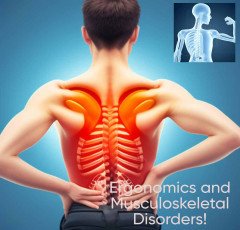
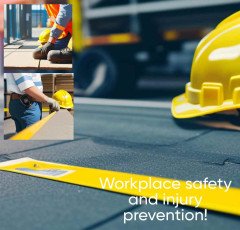
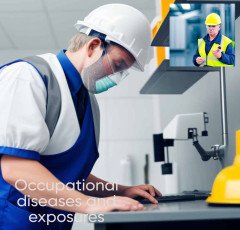





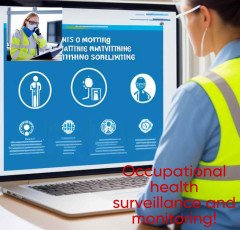






 All Wireless Products
All Wireless Products  Best Home Appliances
Best Home Appliances  Online Marketing
Online Marketing  Best Selling Books
Best Selling Books  BEST SELLER TOP10
BEST SELLER TOP10  Echo Dot - Smart speaker with Alexa
Echo Dot - Smart speaker with Alexa  Creative Brief For Video Shoot
Creative Brief For Video Shoot  Wall Lamp
Wall Lamp  Essentials for Gamers
Essentials for Gamers  TitTok Revolution
TitTok Revolution  Bathroom Mirrors
Bathroom Mirrors  Best Sellers On Amazon
Best Sellers On Amazon  Unlimited access to classes on illustration, photography, design, film, music
Unlimited access to classes on illustration, photography, design, film, music  Acer Laptop
Acer Laptop  The Click Engine
The Click Engine  Digital Voice Recorder
Digital Voice Recorder  LCD Writing Tablet
LCD Writing Tablet  ASPINAL LONDON
ASPINAL LONDON  ELECTRONIC ACCESSORIES
ELECTRONIC ACCESSORIES  Prime Video
Prime Video  Hanging Lights For Living Room
Hanging Lights For Living Room  Wristbands
Wristbands  Door Handle Collection
Door Handle Collection  Women Fashion
Women Fashion  Pet Care Products
Pet Care Products  Unreal Engine 5 For Beginners Learn The Basics Of Virtual Production
Unreal Engine 5 For Beginners Learn The Basics Of Virtual Production  Dell Laptop
Dell Laptop  Online Technology Classes
Online Technology Classes  One World Collection
One World Collection  Adidas Shoes
Adidas Shoes  Duke T Shirts
Duke T Shirts  Stylish Sneakers by Red Tape
Stylish Sneakers by Red Tape  Only For The United States
Only For The United States  Wireless Gaming Mouse
Wireless Gaming Mouse  Apple iPhone
Apple iPhone  Hello Theme
Hello Theme  4k Projector For Home
4k Projector For Home  Favorite Company (Cuelinks)
Favorite Company (Cuelinks)  Motion Sensor Light
Motion Sensor Light  Realme Smart Phone
Realme Smart Phone  Best Phone
Best Phone  Samsung Mobile
Samsung Mobile  Hot Bags For Pain Relief
Hot Bags For Pain Relief  SOFAS
SOFAS  Smart Watches
Smart Watches  Home Decor Items
Home Decor Items  Graphics & Design
Graphics & Design  Crocs
Crocs  Artificial Intelligence
Artificial Intelligence  Top Rated From Amazon
Top Rated From Amazon  1150+Trendy kids coloring pages Bundle
1150+Trendy kids coloring pages Bundle  Amazon Best Selling Products
Amazon Best Selling Products  Men Clothing
Men Clothing  Dual USB Car Charger
Dual USB Car Charger  Kitchen Tap
Kitchen Tap  Smart Doorbell
Smart Doorbell  Sennheiser
Sennheiser  Best Robotic Vacuum Cleaners
Best Robotic Vacuum Cleaners  Wireless Bluetooth Earphones
Wireless Bluetooth Earphones  Kitchen Daily Use
Kitchen Daily Use  HP Laptop
HP Laptop  Rakhi
Rakhi  iPhone cable
iPhone cable  NordPass
NordPass  Puma (Clothing & Accessories)
Puma (Clothing & Accessories)  The Secret Email System
The Secret Email System  RPM 3.0
RPM 3.0  SEO Checklist
SEO Checklist  Air Purifier for Home
Air Purifier for Home  Healthy Ingredients
Healthy Ingredients  NordVPN
NordVPN  ASUS Laptop
ASUS Laptop  NordLocker
NordLocker 


















